Russian warriors 1050-1350 years
The prince on the field rides on the right horse.
A.S. Pushkin. Song about the Prophetic Oleg
Knights and chivalry of three centuries. Appeal to Museum Values Army Museum in Paris и Vienna Armory does not interrupt our acquaintance with the theme of knighthood and knightly armament of the 1050-1350 era. As already emphasized, this chronological segment of the Middle Ages was chosen for its monograph by the famous English historian David Nicole. Last time, based on his materials, we examined the knighthood of Armenia. Now, according to the logic of things, one should turn to the knighthood of Georgia, and this topic is present in his work, but ... only half the page. Moreover, in the information environment accessible to me, unfortunately, there were no sources of photographic materials on this topic. And since there are no such sources and photographs, what is there to write about? Better to see once than to read ten times. Therefore, we will leave the Georgian knighthood for now, and proceed immediately (and finally, someone will say!) To the military affairs of this era in Russia. That is, in Russia.
Let's start with historiography
The topic is certainly interesting. But there are two “buts.” The first is our domestic historiography, no matter how strange it may sound. It would seem that it should have just begun with it, but it is so vast that it is not possible to do this within the framework of the article on “VO”. Because who is only about armor and weapons I didn’t write our country. The second “but” is again illustrative material. There is written, but there are no "pictures". Rather, they are, of course, but they are so expensive that in fact they are not available for publication. The Kremlin Armory is not the Vienna Imperial Armory. I wrote there, they say, allow ... and permission, and free of charge, I immediately received to use their photo materials, and with us - "the price for the right to publish one image of a museum object on the site is 6500 rubles." You don’t even know whether to cry or laugh.
Illustration from the book of A.V. Viskovatova "Historical a description of the clothes and weapons of the Russian troops. ” In 30 parts. St. Petersburg. Military Printing House, 1841-1862. Demonstrates the similarity of weapons of Western European warriors and knights of Russia.
Therefore, I decided to focus on the following option: just translate the text of D. Nicolas so that readers of VO get an idea of what foreign, in particular, British historians write about our military history and that, accordingly, they read about our history wars, weapons and armor foreign English-speaking citizens. Who wants to check the accuracy of the translation - please. The source is indicated at the end of the text, pages - 85-87. So here we go ...
Russian foot soldiers of the 10th - 11th centuries Fig. from the book of A.V. Viskovatova.
“Although Russia was vast by the standards of medieval Europe, it was not particularly large compared to the Eurasian nomadic states, which were its southern and southeastern neighbors. The first principality of Russia arose in the X century, partly as a result of Scandinavian penetration along the great rivers, and partly as a result of the influence of semi-nomadic Khazars in the southern steppes. It was the land of forests, while in the south there were open steppes, which were still dominated by nomadic peoples belonging to the Central Asian culture.
Horse warrior X - XI century. Fig. from the book of A.V. Viskovatova.
The extent to which Russia dominated the distant northern forests and tundra is a subject of controversy, but its western borders with Hungary, Poland and the Baltic peoples were relatively clear, although they often changed. The eastern border of medieval Russia was perhaps the least clearly defined. Here, the Slavs gradually colonized the river valleys in the region, previously inhabited by more backward Finno-Ugric tribes, whose settlement density was not too high. The only urbanized culture in this direction was the culture of the Volga Bulgars, who lived in the middle basin of the Volga and Kama. This Turkic-Islamic state, in turn, was more perfect than the early medieval Russian state.
Russian armor. Fig. from the book of A.V. Viskovatova.
Between the 10th and 13th centuries, the eastern border of Russia went from the Dnieper River to the southeast of Kiev along the approximately northeastern line to the headwaters of the Kama River. A virtually indefinite border continued north-east to the Arctic Ocean. In these vast territories, the relatively peaceful tribes of Yugra, Chud and Samoyeds may have recognized a certain degree of Russian suzerainty or, at least, participated in the profitable trade in furs with it. ”
Russian armor. Fig. from the book of A.V. Viskovatova.
A rather peculiar presentation of our early history, isn't it? But Nicole generally likes to "write history in large strokes." And again, but there is nothing offensive for us here. All according to our annals. There is the “tormenting” of the Slavs by the Avars (obrov) that he did not mention, and the tribute to the Khazars, and all the “calling of the Varangians” that also cause fierce debate. And even the fact that he considers the culture of the Volga Bulgars more perfect is justified. After all, they were already monotheists, and the Slavs up to the 988 year were pagans. That is, nowhere D. Nicole in his brief interpretations does not go beyond our own official history, based on annalistic sources. Read on ...
Russian armor. Fig. from the book of A.V. Viskovatova.
“In the early period, infantry inevitably dominated the military operations of forests, swamps and rivers on this land. According to many sources, the Russian infantry of the 10th century was often well armed, almost in the Byzantine style. Large infantry contingents consisted of peasant militias in the XI-XIII centuries. Such infantry made extensive use of archery, using simple long bows, and sometimes large semi-composite bows covered with birch bark. They may indicate Scandinavian rather than Byzantine influence even in the Kiev region, although arrowheads reflected many styles and influences.
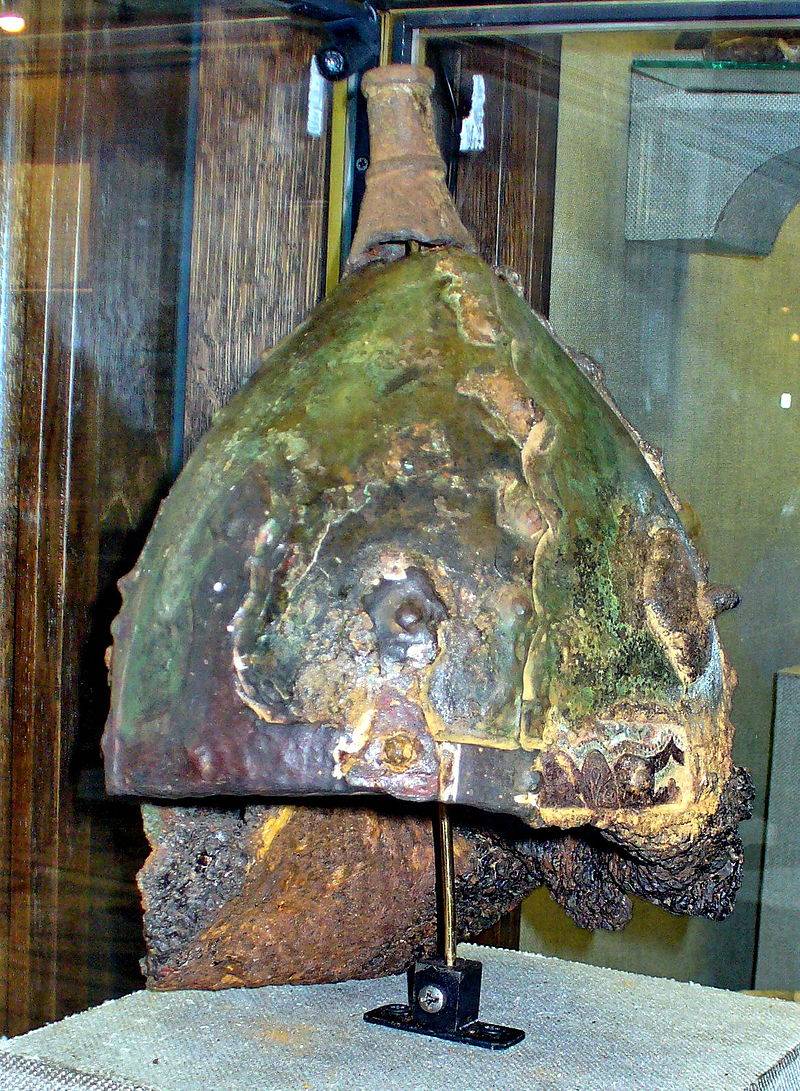
Helmet from the Black Grave, Chernihiv №4. Russia, X century. GIM.
Who influenced more?
Ultimately, more important than the Byzantine and early Scandinavian influence on the military affairs of Ancient Russia was the influence of the militarily sophisticated nomadic peoples of the Eurasian steppes. In fact, the entire history of late medieval Russian weapons, armor and military practice was based on competing influence from the Steppe and Western Europe, and not Scandinavia. One of the most striking examples of the influence of the Eurasian steppes is the use of plate armor, although this can also reflect contacts with Byzantium. The same can be said about compound bows, which were used in some parts of Russia, and the curved saber, which has been known among the Eastern Slavs since at least the 10th century, although these weapons remained rare outside the southern border regions. Meanwhile, medieval Russia was also an exporter of military influence and armaments. Both that and another at the end of the X and XI centuries was directed to Northern and Central Europe, and also in the XII and XIII centuries to the Volga Bulgars, as well as to other neighboring lands.
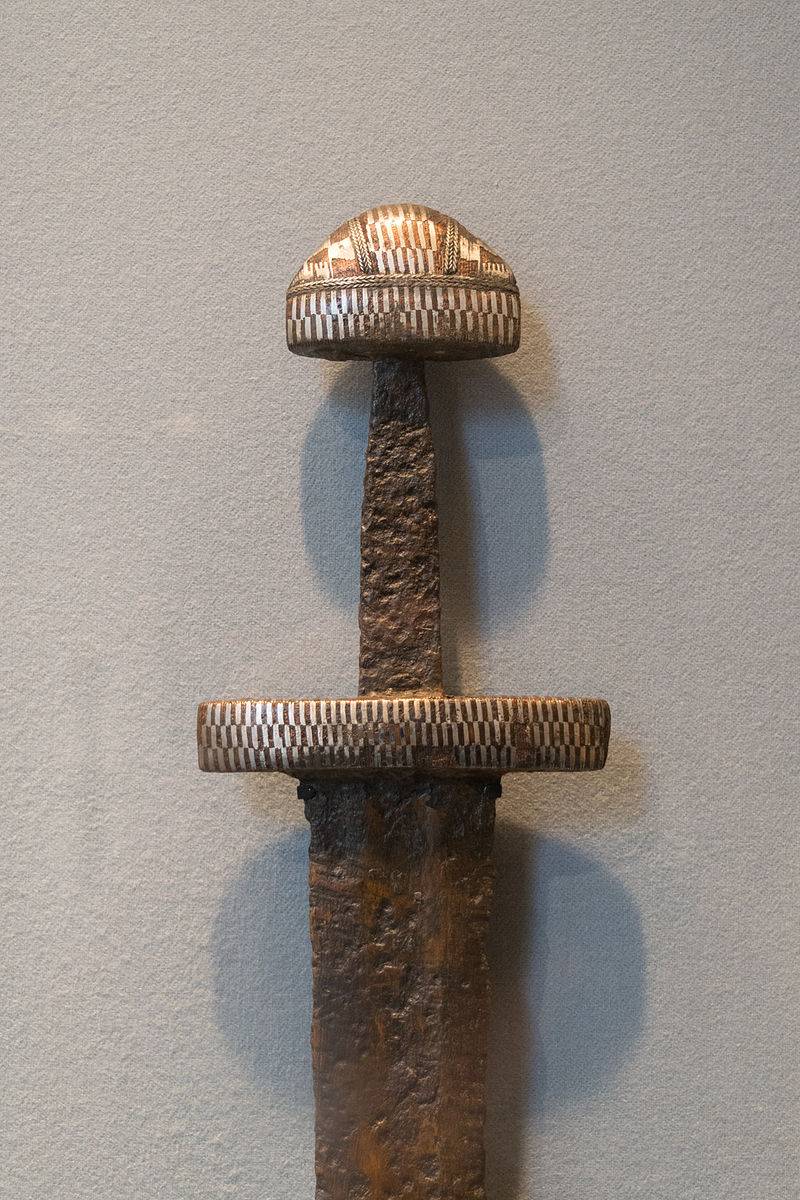
Scandinavian sword. One of those that are found in large numbers on the territory of Russia, and even in the Volga near Kazan. 1021 Weight (Metropolitan Museum of Art, New York)
In the first united Russian state, the southern city of Kiev dominated, and the Kiev army, apparently, was the most highly developed military force even after the fragmentation of “Kiev” Rus. Some believe that it was originally a squad of the Scandinavian (Viking) type. But the presence of heavily armed riders in the squad may reflect long-standing contacts with Byzantium. The mounted army dominated the wars for Kiev in the 13th and 13th centuries. In this case, the rider's main weapon remained a sword and spear. Whereas the city militia adopted a crossbow (called a self-gunned gun in Russia - V.Sh.). Another important element in the composition of the Kiev forces was the allied or subordinate to the Russian principalities, bordering nomadic tribes, which in 1200 were called "black hats" ("black hoods" - V.Sh.). They provided equestrian archery, necessary for fighting other steppe peoples. The characteristic masked helmets associated with the “black hoods” may have come from the Middle Eastern regions and not from the Eurasian steppe, but they clearly reflect the importance of archery. This was further emphasized by the purely Russian form of the helmet, which had a built-in visor that protects the upper part of the face, although it developed from an earlier Scandinavian helmet with a half mask.
The tactics of the warriors of Kievan Rus largely developed as a response to the threat posed by archery. The most common method of combat formation was the placement of infantrymen in the center: spearmen made up a wall of shields to protect the foot archers, while the cavalry held the flanks. Wagons or carts were used both for transporting supplies and for building field fortifications in a manner similar to that which occurred among the Pechenegs. Numerous forest fortifications along the border between the forest and the steppe served as the basis for operations against nomads, and at the same time, they often had garrisons of Kiev nomadic allies. Forts along the eastern borders, lying within the forest belt, were also equipped with a class of free “warriors-farmers,” whose social status had much in common with later Cossacks. ”
Again, nothing detracting from our military history and culture, as we see, is not here. Everything is confirmed by excavation materials and chronicles. Well, the last paragraph is just ... a brief description of the Zolotarevskoye ancient settlement found near Penza.
These defenses and their defenders seemed to be equally characteristic of both central and northern Russia. Kiev, weakened by the constant struggle with the nomads, gradually lost control of other principalities, especially in the north, which meanwhile developed in abundance, and their population was constantly growing. By the middle of the XIII century, two principalities, such as Vladimir-Suzdal in the east-central part of Russia and the city of Novgorod in the north, became owners of significant military contingents. The armies of Central Russia still had much in common with the armies of Kiev in the south. The core was professional cavalry, and it was strengthened by urban militias, various mercenaries and the rarely convened peasant militia. The most common form of armor was armor with plate protection (“forged army” - V.Sh.). Archery and battle ax played a more significant role than in most Western European armies. Crossbows were still rare throughout the 13th century.
The degree of stagnation in the development of military affairs in Russia after the Mongol invasions at the beginning and middle of the 13th century can be exaggerated. In many ways, the very concept of stagnation can be misleading. Russian military equipment at the end of the 13th and 14th centuries reflected the threat posed by highly developed equestrian archery and the mounted armies of the Mongols. Elsewhere in Europe and the Middle East, more advanced military technologies proved inappropriate to combat their tactics and continued to demonstrate their relative inferiority until the Ottoman Turks were finally stopped by a completely different form of military equipment at the gates of Vienna in the 17th century. However, it cannot be denied that as a result of the Mongol invasions and the subsequent imposition of Mongolian and Golden Horde suzerainty, medieval Russia to a large extent left the orbit of European military culture and switched to the orbit of military culture of the Eurasian steppes, thereby finding itself in a certain form of military-technological isolation from Western countries.
The situation in Novgorod was different. Despite Mongolian suzerainty, Novgorod remained the window of Russia to the West. Although this did not save the city from attacks by both Swedes and German military orders (settled in the Baltic States) in the 13th century. On the other hand, the unique situation in Novgorod led to the further development of stone fortifications, effective and well-equipped infantry, the widespread use of crossbows, and the development of tactics for using horse troops dressed in durable plate armor. The first firearm that was used in Russia, quite possibly, appeared precisely on the territory of Novgorod. This reinforces the view that the acquaintance with the "fire battle" came from Europe, and not from the East, despite the Mongols' own knowledge of gunpowder. "
Galich Boyar (right), Volhynian crossbowman (center) and Lithuanian warrior (left), early 13th century
Again, no particularly controversial statements. Nothing derogatory in comparison with what was reported in the same study regarding other countries of Western and Eastern Europe. The information is presented in a concise but comprehensive manner. Therefore, we hardly have to say that in the West they “belittle our military history”, as our journalists have been constantly repeating about it, naturally, we have not read the corresponding books and articles in journal periodicals. D. Nicole does not even say anything about the Mongol yoke, but uses the term suzerainty. By the way, about the place and role of plate armor in Russia, the Soviet historian A.F. Medvedev wrote back in 1959 in his work “On the history of plate armor in Russia” // SA. 1959, No.2. It is on the Internet and those who wish can familiarize themselves with it without difficulty. By the way, he also considered the history of chain mail in Russia, and his work (A.F. MEDVEDEV "TO THE HISTORY OF THE PIPES IN ANCIENT RUSSIA", USSR Academy of Sciences. Brief Communications of the Institute of the History of Material Culture. Issue XLIX, 1953) still have not lost their relevance.
Finds, finds, finds ...
Very interesting finds of iron weapons were made on the territory of the Mordvinians, and today are exhibited in the Mordovian Republican Museum of Local Lore named after I.D. Voronin in the city of Saransk. These are battle axes and spearheads, as well as sword blades and sabers. A unique combat belt with silver details was found. All these findings can be attributed to the IX - XI centuries. As a very pleasant fact, it should be noted that the employees of this museum shared these photos on their first request, and without exhibiting any commercial conditions, for which they are honored and praised! Here are some of these photos ...
Belt.
Ax, and obviously not economic.
This one is also a typical combat ...
Spear tip.
And the saber was found in the burials of the Mordovian land ...
And the sword ...
Tournaments in the Russian land!
By the way, we are talking about knight armament right? But were the Russian warriors-vigilantes knights, or in the Middle Ages everything was different from ours like in others. Yes, there were weapons, which they were not inferior to Western Europeans and worldviews, and even because in the same way as the "Westerners" participated in knightly tournaments. We are informed about this ... our chronicles, for example, Ipatievskaya, which describe the tournament organized by Mikhail Chernigovsky’s son, Rostislav, under the walls of the city of Yaroslavl-Galitsky, which he himself besieged. Detachments of the Polish and even (according to Western sources) Hungarian knightly cavalry helped Prince Rostislav. And so, to frighten the besieged, and at the same time to entertain the guests, it was decided to hold a tournament. But the Russian prince himself appeared on it completely unsuccessfully: he was knocked off the horse by the leader of the Poles, and in the fall he either dislocated or broke his shoulder. This event took place in the year 1249. True, the church condemned such amusements, and the chronicler-monks did not often enter information about such godly merrymaking into their Talmuds. But still brought in! For example, the grandson of Vladimir Monomakh, Prince Vsevolod, the Novgorod chronicler condemned for "military toys with nobles." He fell into the annals and the duel between the Moscow governor Rodion and the former retinue of Alexander Nevsky Akinf the Great, which ended in the death of the latter. The chronicle also informs us that "the nurse, Prince Boyar Ostey, was wounded by a spear on a toy." That is, there were many similarities, but ... occupying a place in the middle between the West and the East, they scooped both "ottol" and "resettlement". Very accurately about the originality of Russian weapons in the XVII century. in his treatise "Politics" wrote Yuri Krizhanich - a Serbian scribe who lived at that time in Russia. “In the methods of military affairs, we (Russians — AK) occupy a middle place between the Scythians (that is, the Tatars and Turks) and the Germans. Scythians are especially strong only with light weapons, Germans only with heavy weapons; we conveniently use the one and the other, and with sufficient success we can imitate both of the aforementioned peoples, although we will not be equal to them. We surpass the Scythians with heavy weapons, and with light we come close to them; with the Germans, on the contrary. Therefore, against both of us, we must use both kinds of weapons and create an advantage in our position ”[5,224]. And perhaps better than him, no matter how hard you try, you will not say!
References
1. Nicolle, D. Armies of Medieval Russia 750 - 1250. UK. Oxford: Osprey (Men-at-arms series No. 333), 1999.
2. Nicolle, D. Arms and Armor of the Crusading Era, 1050 - 1350. UK. L .: Greenhill Books. Vol. 2. PP 85 - 87.
3. Nicolle, D. Raiders of the Ice War. Medieval Warfar: Teutonic Knights ambush Lithuanian Raiders // Military illustrated. UK. Vol. 94. March. 1996.
4. Shpakovsky, V., Nicolle, D. Medieval Russian Armies 1250 - 1500. UK. Oxford: Osprey (Men-at-arms No. 367). 2002.
5. Kirpichnikov A.N. Burial of a warrior of the 12th-13th centuries from the southern Kiev region (based on materials from the AIM exposition) // Collection of studies and materials from the Artillery Historical Museum. Vol. 4. L., 1959. with. 219-226.
6. Shpakovsky, V.O., Nikolle, D. Russian army. 1250 - 1500. M .: AST: Astrel ", 2004.
7. Shpakovsky, V.O. Modern English-speaking historians about the warriors of the East and the knights of the West // Questions of history, 2009. No.8.
To be continued ...
- Vyacheslav Shpakovsky
- Knighthood of medieval Hungary
Knighthood of the medieval Balkans
Knights and chivalry of three centuries. Knights of Outremer
Knights and chivalry of three centuries. Knights of the South of Italy and Sicily 1050-1350.
Knights and chivalry of three centuries. Part of 11. Knights of Italy 1050-1350.
Knights and chivalry of three centuries. Part of 10. Knights of the Kingdom of Arelat
Knights and chivalry of three centuries. Part of 9. Germanic effigii
Knights and chivalry of three centuries. Part of 8. Knights of the Holy Roman Empire
Knights and chivalry of three centuries. Part of 7. Knights of Spain: Leon, Castile and Portugal
Knights and chivalry of three centuries. Knights of Spain: Aragon, Navarre and Catalonia (part 6)
Knights and chivalry of three centuries. CH 5. Knights of France. Central and southern areas
Knights and chivalry of three centuries. Knights of Ireland (part 4)
Knights and chivalry of three centuries. Knights of Scotland (part 3)
Knights and chivalry of three centuries. Knighthood and knights of England and Wales. Part of 2
Knights and chivalry of three centuries. Knighthood and knights of northern France. Part of 1
Polish chivalry. From Boleslav the Brave to Vladislav Jagiellon
Scandinavian knighthood 1050-1350.
Knights and non-knights of the Baltic
Warriors of the Bulgarian elite 1050-1350's
Armenian Knights 1050-1350's

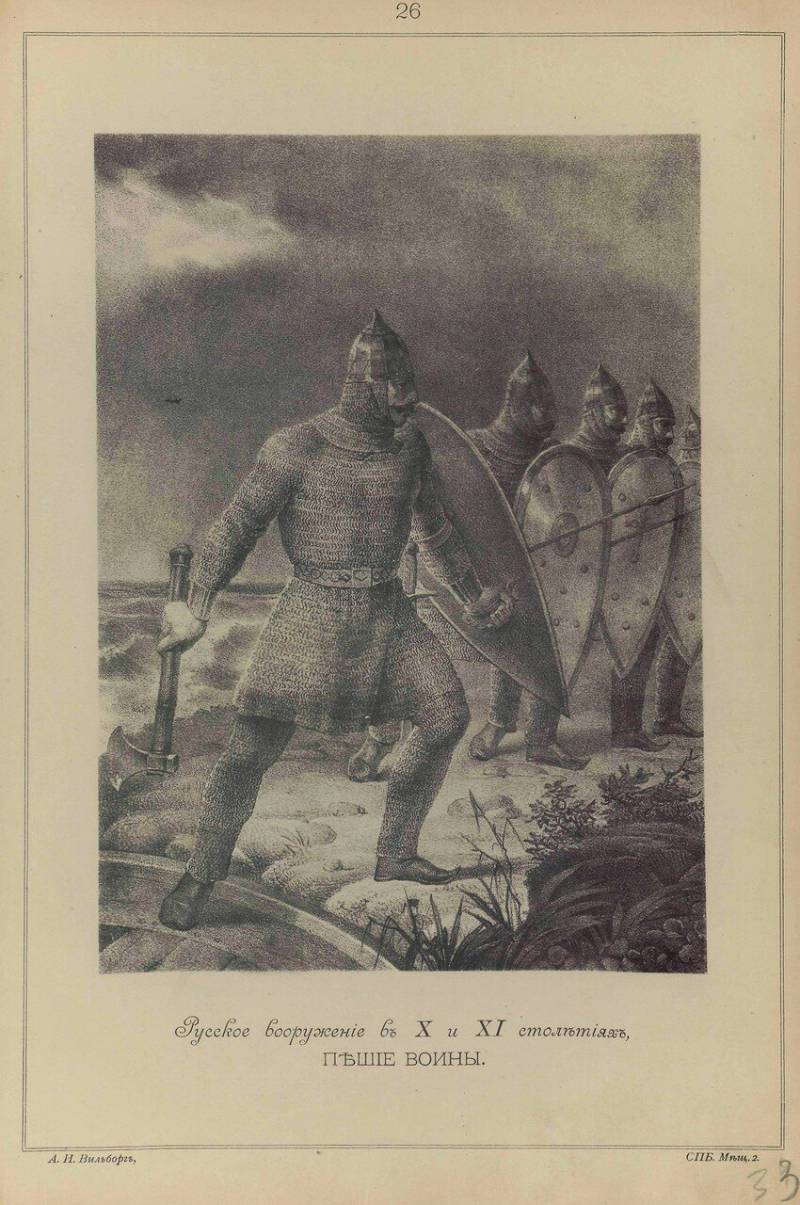
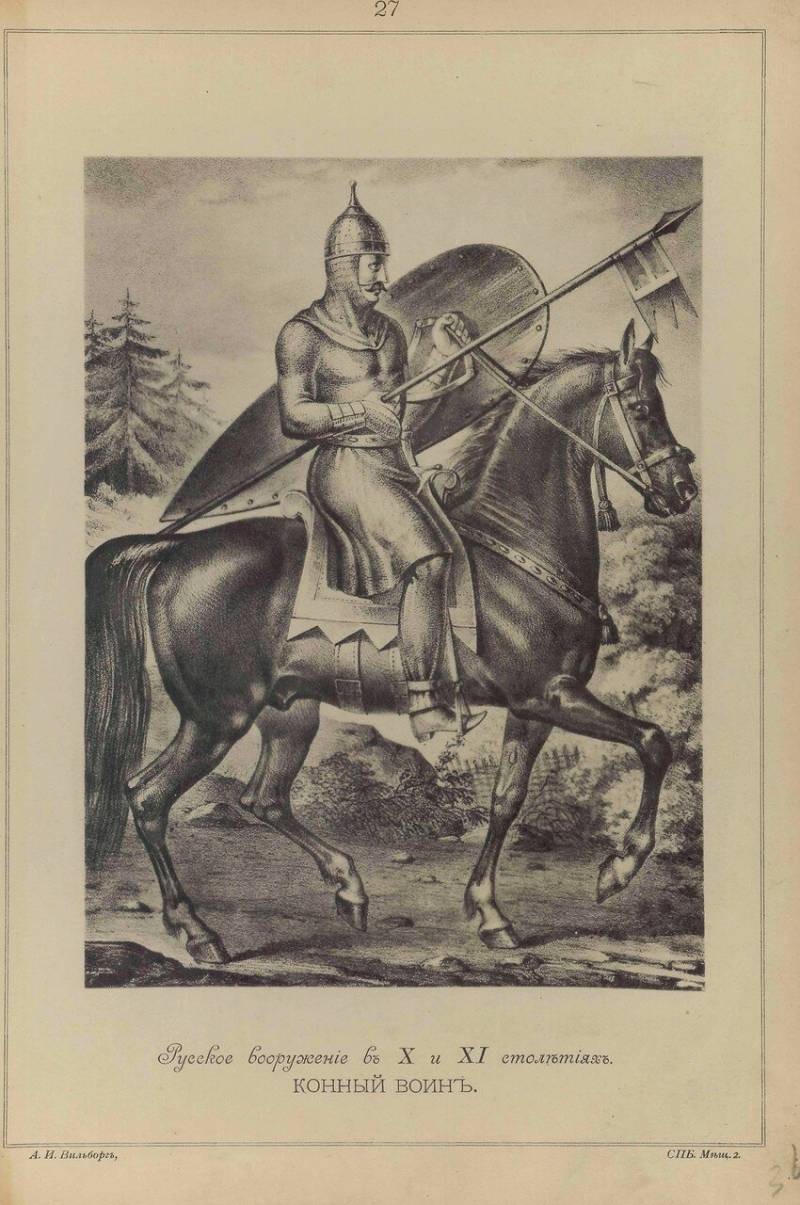
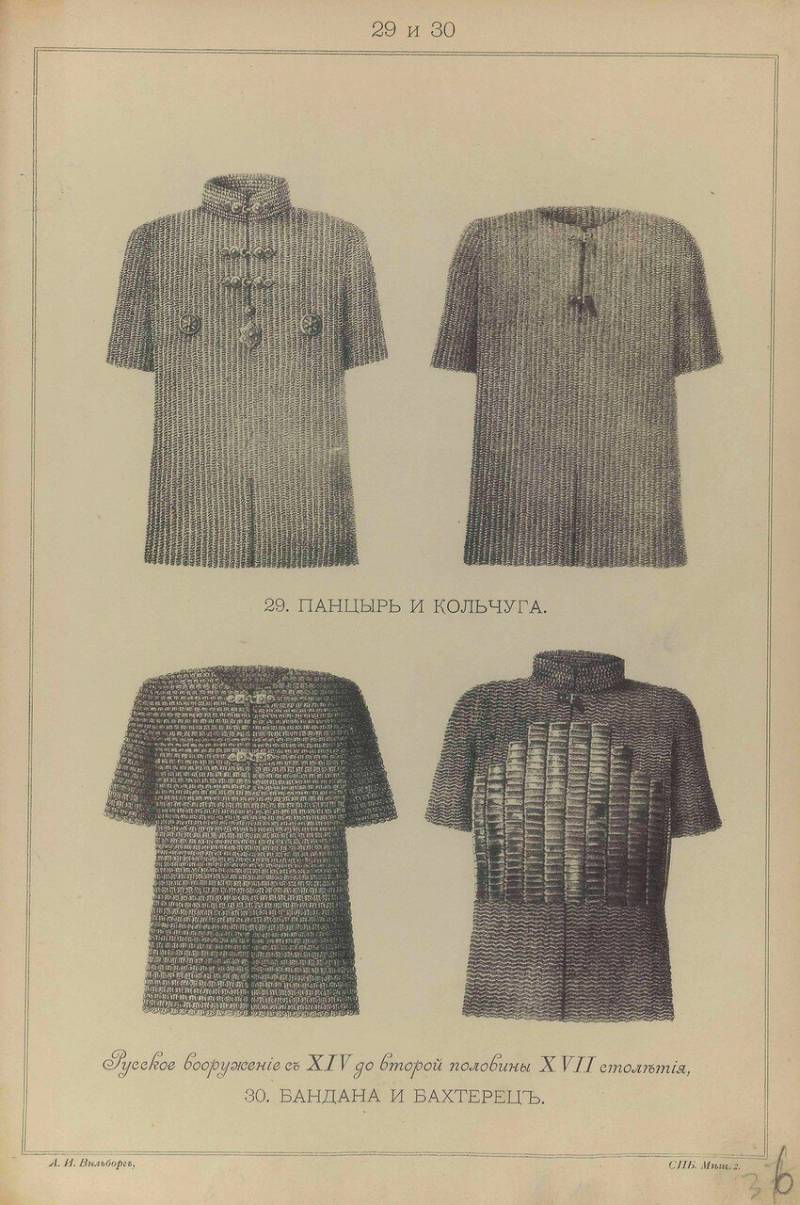
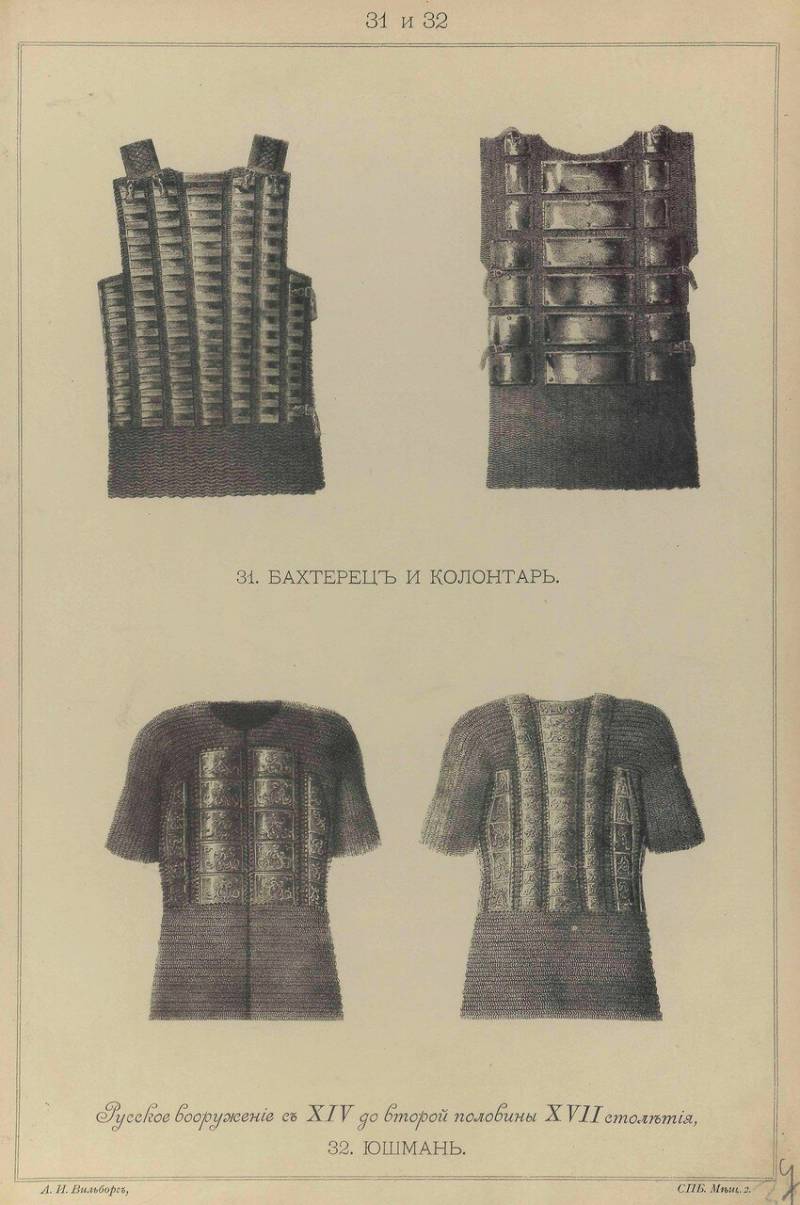
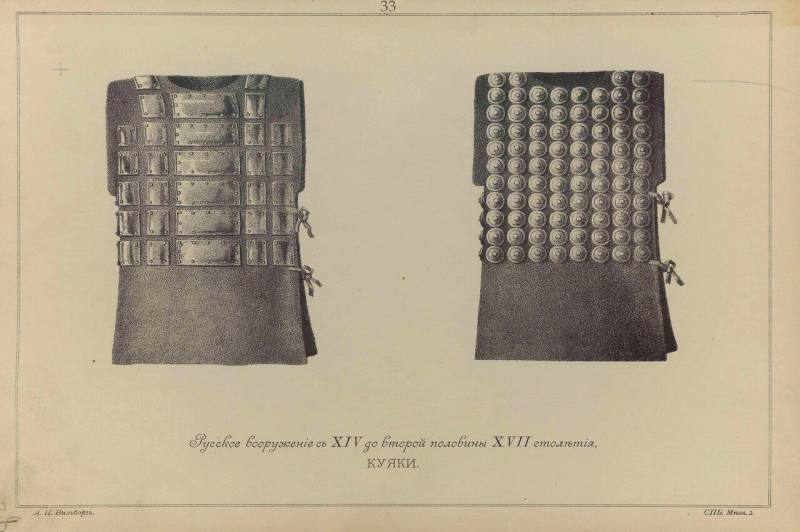
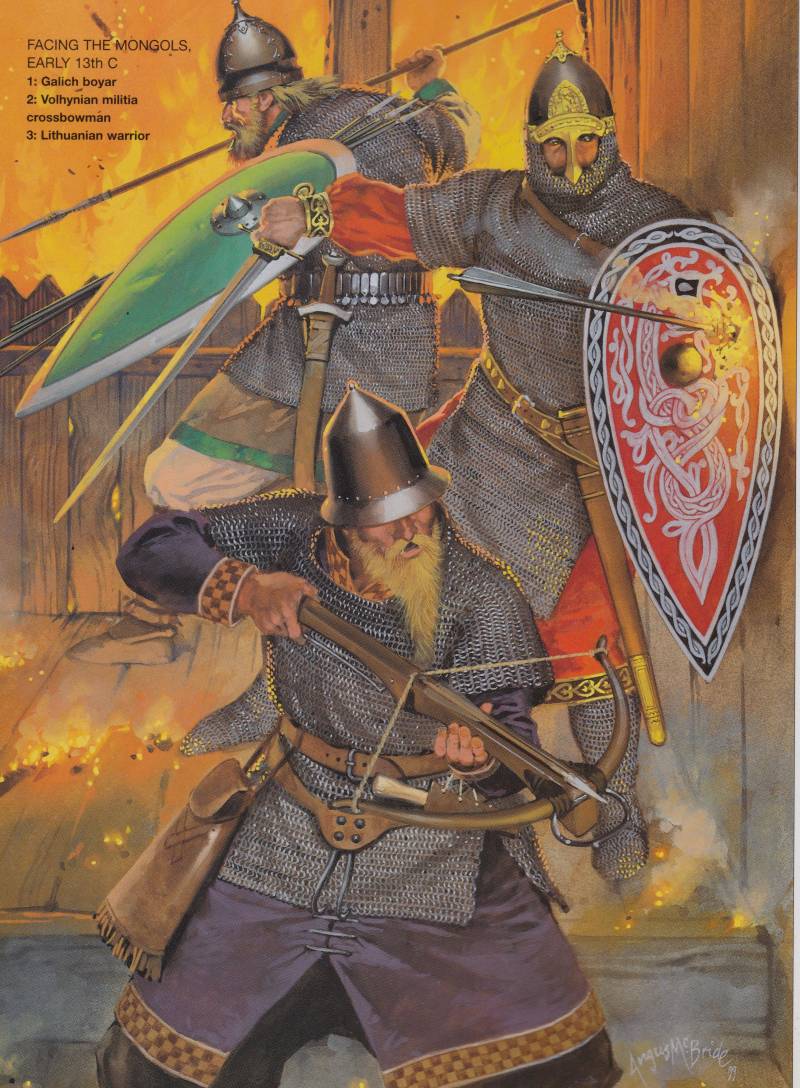
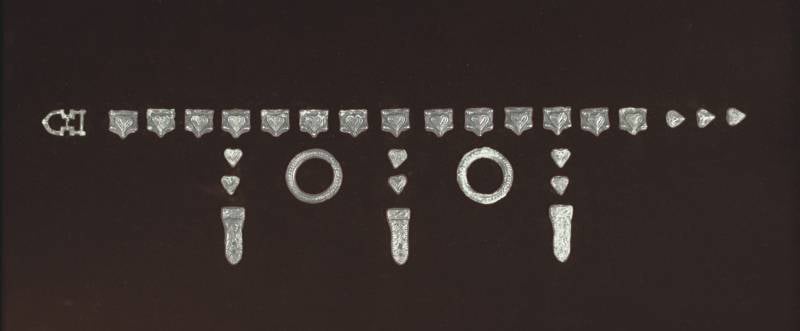
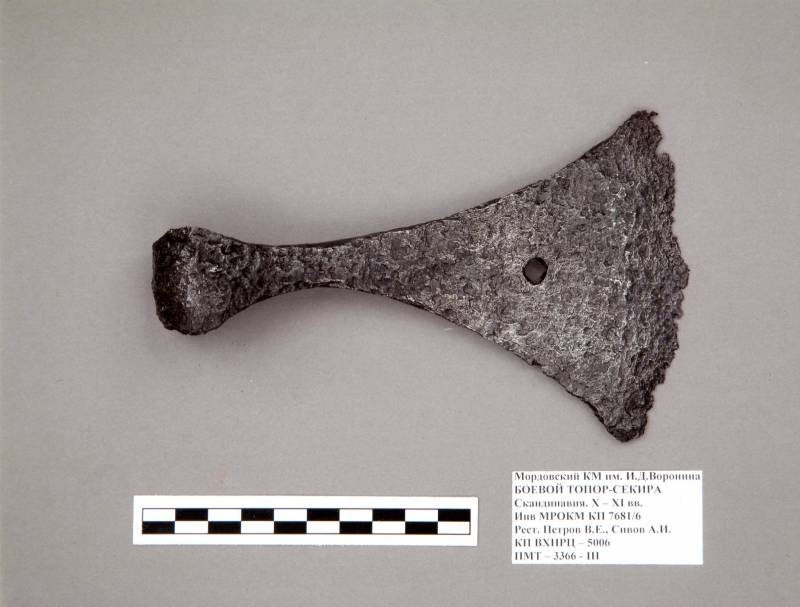
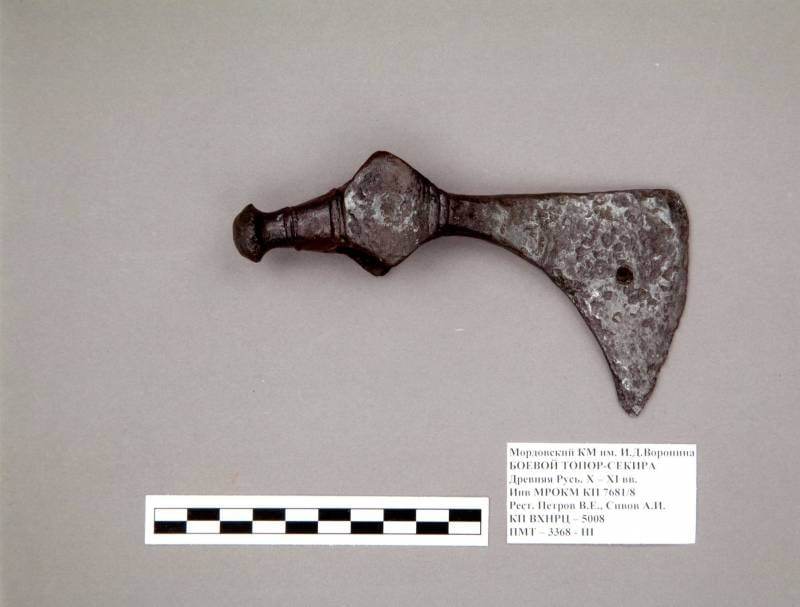
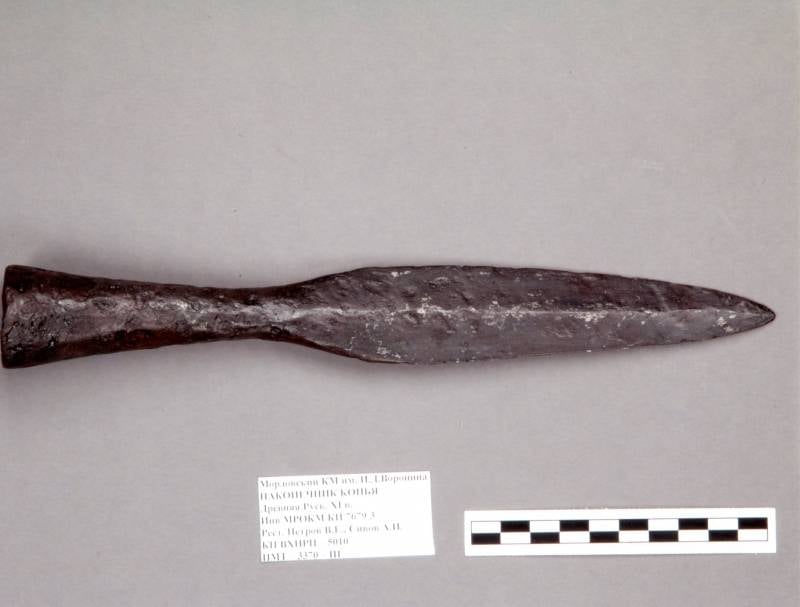
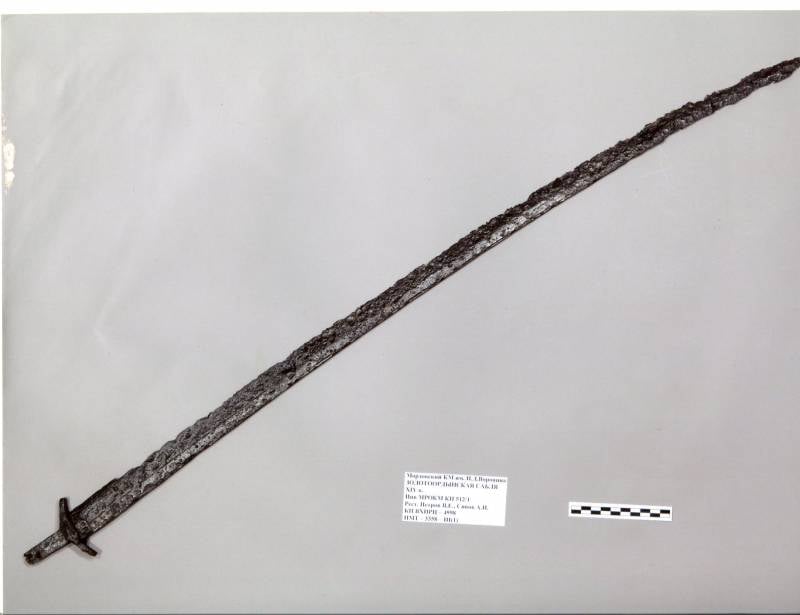
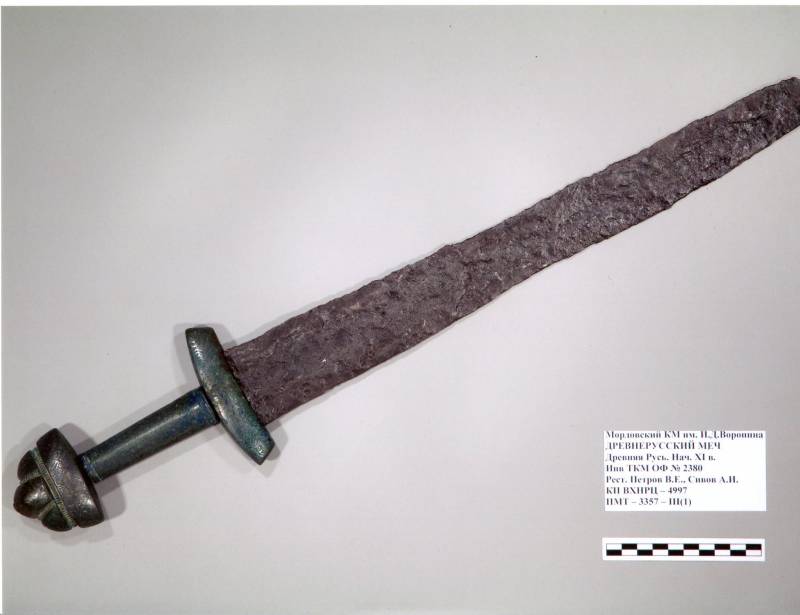
Information